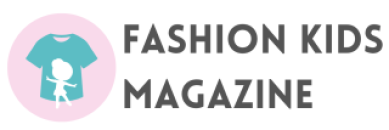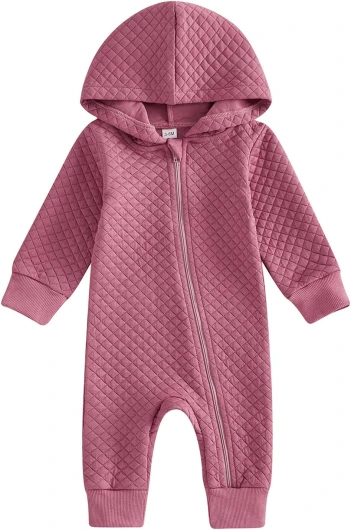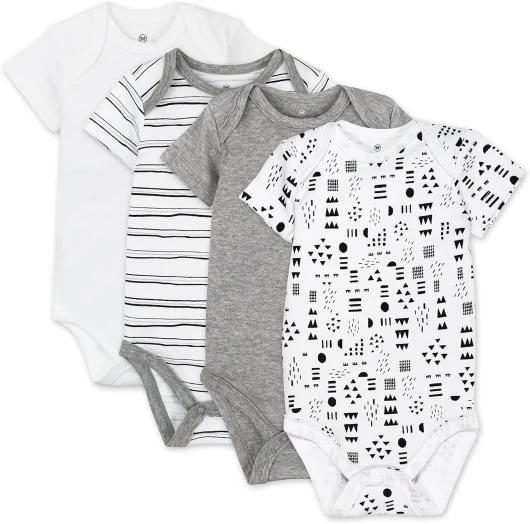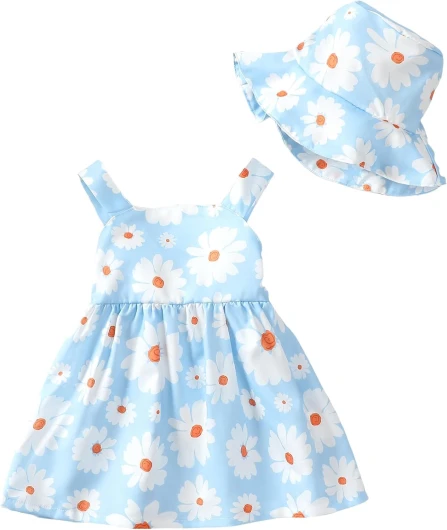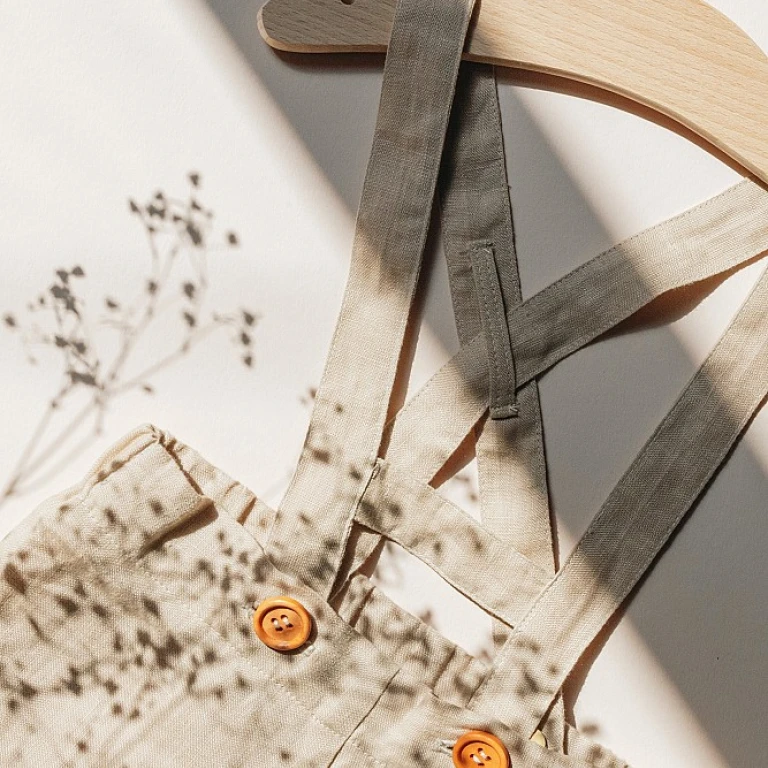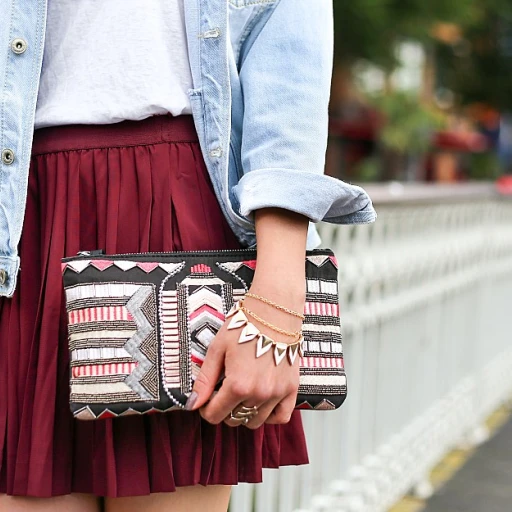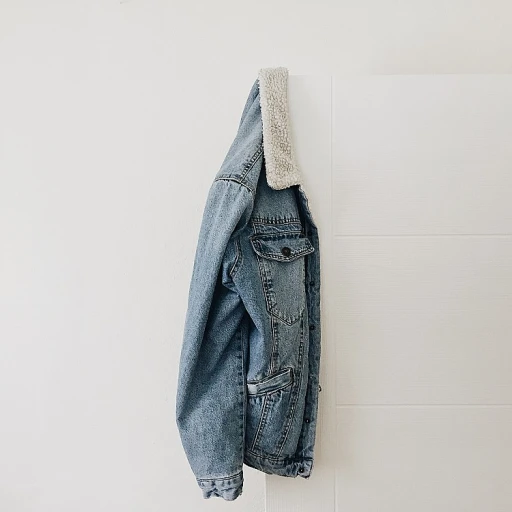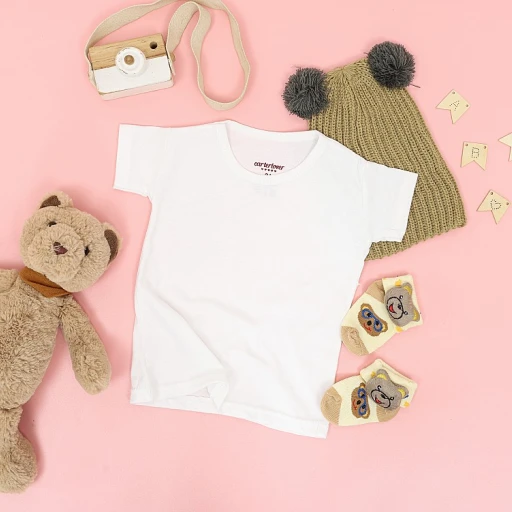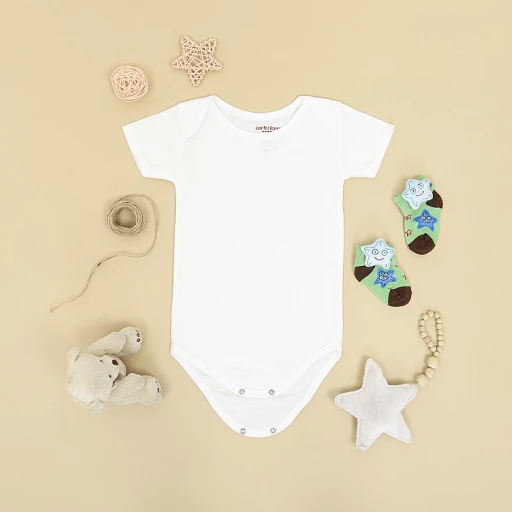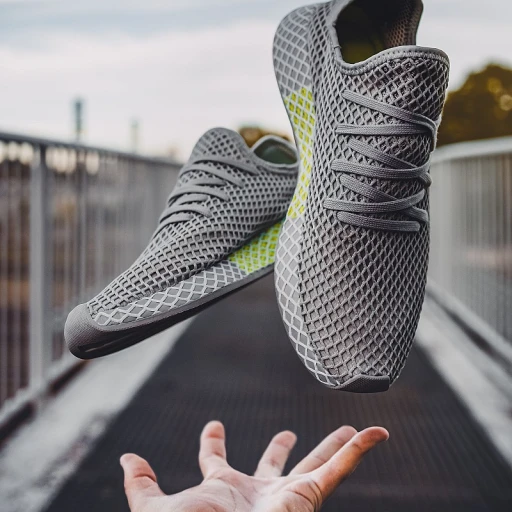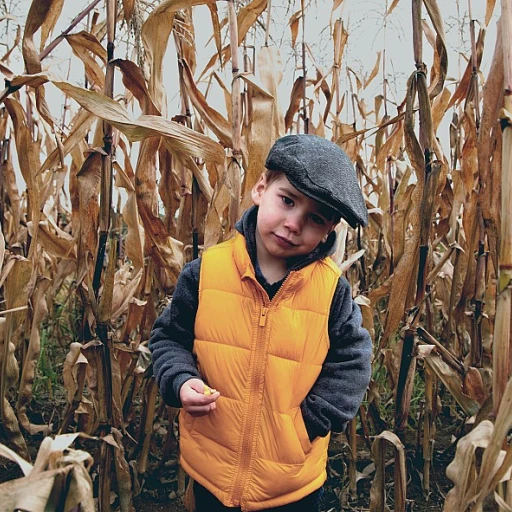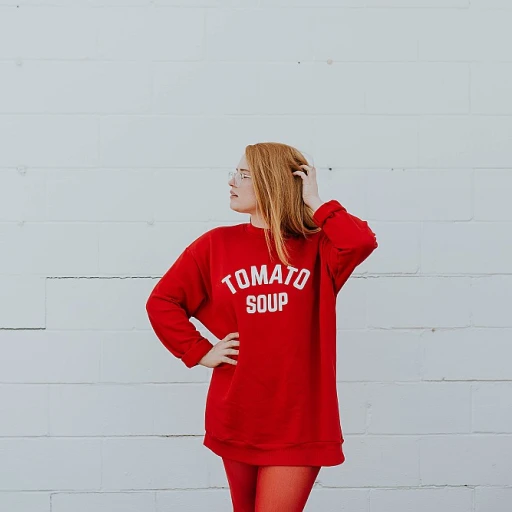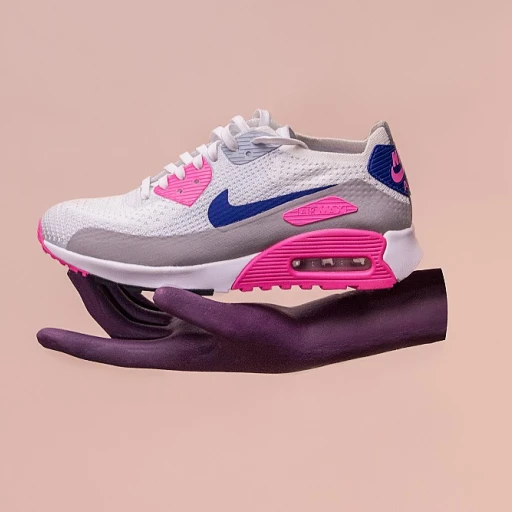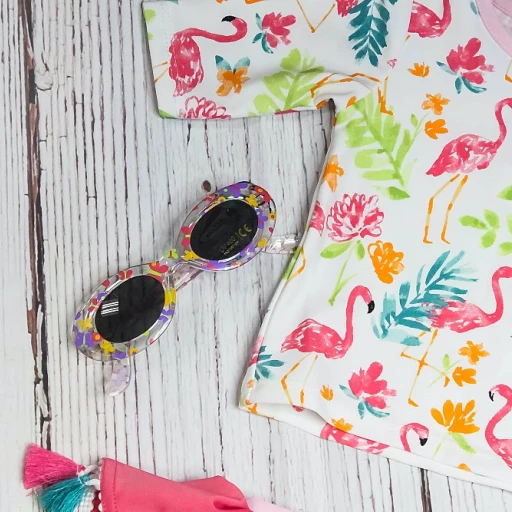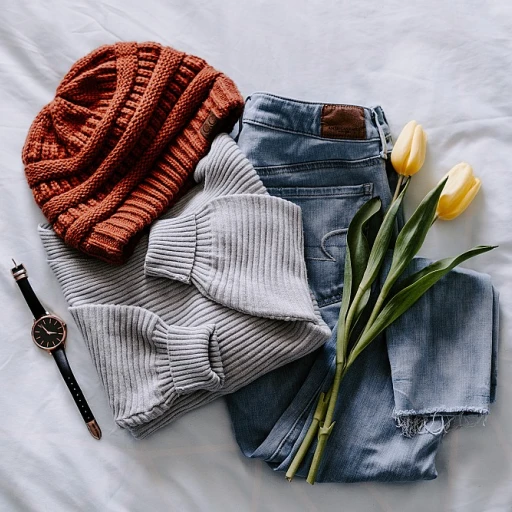
Understanding size 86 in baby clothes
Decoding size 86: what parents need to know
Understanding the world of baby clothing sizes can be a challenging task for new parents. When it comes to size 86, you're dealing with a particular measurement that generally signifies clothing suitable for babies around 12-18 months old. But what exactly does this mean in terms of fit, comfort, and measurements?
The size 86 label is associated with babies who are approximately 33-36 inches in height and weigh between 24-29 lbs. This sizing is crucial as it aligns with a key growth phase where babies are not quite toddlers yet but are past the infant stage. It is especially useful for parents navigating the transition from baby clothes to toddler sizes.
The nuts and bolts of baby clothing sizes
Baby clothing sizes can be confusing, with numbers that can differ significantly from one brand to another. A size 86 in baby clothes, for instance, might not be the same across all clothing labels. According to research by the National Institutes of Health, understanding how to measure your baby’s height, chest size, and waist can help ensure a better fit.
Height: For a precise height measurement, ensure your baby is standing straight against a wall. Mark the highest point of the head, and measure the distance from the floor to this mark. Baby sizes like 86 typically align with babies about 85 to 90 cm tall.
Chest: Use a soft measuring tape to circle around the fullest part of their chest. This will give you a better idea for tops, shirts, and sweaters.
Waist: Measure around the natural waistline, near the belly button, to ensure a comfortable fit for pants and shorts.
You can find detailed size charts or conversion charts for American, British, European, and other international sizes to make your shopping a lot easier. While some brands follow a specific size conversion chart, others might have variations that could affect the overall fit.
Why the right size matters
Getting the right size is more than just a matter of comfort—it's also about safety and development. Clothes that are too tight can restrict movement and even hinder your baby's physical development. Conversely, clothes that are too loose can be total tripping hazards.
Now, while navigating different country-specific sizing metrics might sound daunting, the more diligent you are, the better the fit. Seasonally appropriate clothing, proper shoe size, and accurately fitted diapers and jeans can make the parenting experience a lot smoother.
Comparing size 86 across different countries
Size 86 in Europe, Australia, and the U.S.
When you're blessed with raising a little one, understanding international baby clothing sizes can save you a lot of hassle. Size 86 can be a bit of a puzzle, especially when shopping from global brands. In Europe, size 86 is typically for babies around 12-18 months old, correlating with a height of about 34 inches. Meanwhile, in the U.S., it's usually categorized under 18 months and closely matches the European measurements.
Size conversion chart example
If you are trying to figure out how size 86 translates across different countries, here's a helpful chart:
- U.S.: 18 months (average height 32-34 inches)
- U.K.: 12-18 months
- Australia: 18-24 months
- France: 12-18 months
- Italy: 12-18 months
So, whether you're buying an adorable romper from Italy or a cute top from Australia, you can see how size 86 holds up.
Interpreting international sizes
Different countries use varying metrics, and navigating these can be bewildering. For example, Australian sizes for baby clothing often run a bit larger, so an Australian 18-24 months can match an American 18 months. It's worth noting that European sizes like 86 refer strictly to the child’s height in centimeters, which can be much more straightforward than the age-based system used in the U.S. and other countries.
Why it matters
Getting the right fit is essential for your baby's comfort and development. Ill-fitting clothes can restrict movement or be uncomfortable. Brands do their best to offer a standardized fit, but understanding international sizing ensures you don’t end up with too-tight tops or overly baggy pants.
References
If you’re looking to explore more about buying baby clothing, specifically international brands and how they measure up, you might find the ultimate guide to dressing your baby alive dolls helpful.
How to measure your baby for size 86 clothes
Accurately measuring your baby for clothing
Getting the right size for your baby can sometimes be a bit challenging, especially when it comes to size 86. To make things easier for you, here's a simple guide to measuring your baby accurately.
Chest, waist, and hip measurements
Start by measuring your baby's chest. Use a flexible tape measure and wrap it around the fullest part of your baby's chest, making sure the tape is parallel to the ground. Note this number down. Next, measure the waist by wrapping the tape measure around the narrowest part of the baby's torso. For hips, measure the widest part of the baby's bottom. These three measurements will help you find the most accurate clothing size.
Height and length measurement
To measure your baby's height, lay them flat on a surface and stretch out their legs. Measure from the top of the head to the heels. For length, measure from shoulder to the heel. Consistency is key, so try to take measurements at a similar time of day for accuracy.
Head circumference
Measuring the head circumference is especially useful for hats and other headgear. Wrap the tape measure around the largest part of your baby's head, usually just above the eyebrows. Record this measurement, as it will help in choosing the right size hats.
Weight and conversion charts
Weight is another critical factor. Size 86 typically suits babies weighing between 24 to 26 lbs (approximately 10.9 to 11.8 kg). Always refer to conversion charts provided by the clothing brands, since they often give detailed guidelines on sizing based on weight.
Consulting size charts
Many brands provide size charts online that can guide you through this process. For instance, Baby Gap and Carter’s offer detailed charts that break down sizes by age, weight, and height. These can be your go-to resources for ensuring you purchase the correct size.
Tips for consistent fitting
Babies grow quickly. So, it's a good idea to repeat these measurements every few months, especially when switching between different seasons or when you notice your baby’s clothes fitting snugly. This will save you time and effort when shopping online or in-store.
Remember, nothing beats the convenience of having precise measurements when shopping for your baby’s clothes. Proper fitting clothing not only looks good but also ensures your baby is comfortable and can move freely.
Common brands and their size 86 offerings
Popular brands and their size 86 options
When it comes to baby clothing, the sheer number of brands can make choosing the right size 86 a little tricky. But don’t worry, we have done the legwork for you. Let’s look at some common brands and what they offer in size 86 baby clothes:
Gap Kids
Gap Kids is renowned for its quality and stylish options. Their size 86, which corresponds to 18-24 months, is perfect for babies who weigh around 24-30 lbs and measure between 31-33 inches in height. Gap's clothes are designed keeping both comfort and style in mind, which makes them a popular choice among many parents.
H&M
H&M provides a diverse range of clothing sizes. Their size 86 typically fits babies aged 1.5 to 2 years, with weights between 24-27 lbs and heights ranging from 31-35 inches. This European brand is consistently reliable for trendy and affordable options.
Zara Kids
Zara Kids is another popular go-to brand, known for its chic designs. Its size 86/92 fits children aged 18-24 months, with a weight range of 24-30 lbs and heights of 31-36 inches. Zara often incorporates the latest fashion trends, making your little one look adorable and stylish.
Carter's
Carter's is a well-known name for baby clothing in the U.S. Their size 86, known as 24 months in their sizing, fits babies who weigh between 28-30 lbs and measure 32.5-34 inches in height. Carter's has built a reputation for durability and affordability, which makes them a parent favorite on many shopping lists.
Petit Bateau
For a touch of French elegance, Petit Bateau delivers. Their size 86, intended for babies aged 18-24 months, caters to those weighing between 24-28 lbs and heights from 31-34 inches. This brand is known for its timeless designs and comfortable fabrics.
When purchasing from any of these brands, always refer to their size chart to ensure the best fit and comfort for your child. Remember that even reliable brands might have slight variations in size, so double-checking measurements can save a lot of hassle.
For more tips on finding the perfect baby clothes, check out our detailed guide on finding the best deals.
Seasonal considerations for size 86 clothing
Choosing size 86 clothing for different seasons
Size 86 can vary, but it generally fits babies around 12-18 months or those weighing between 21-24 lbs (9.5-11 kg) and measuring 30-33 inches (76-84 cm) in height. To ensure your baby's comfort year-round, consider how seasonal fabrics and styles affect the fit and warmth of their clothes.
For winter months, you might opt for layered clothing. Brands such as H&M and Gap offer size 86 in cozy materials like fleece and wool. A classic example is the H&M’s fleece-lined jackets, designed to keep little ones warm while providing enough room for layering without feeling bulky.
Spring and autumn call for mid-weight fabrics that offer flexibility for fluctuating temperatures. Size 86 pieces in cotton blends or light knitwear are perfect. Zara’s spring collection offers size 86 pants and long-sleeve tops that are neither too heavy nor too light, allowing enough breathability and comfort.
Summer wear in size 86 should be lightweight and breathable. Think of brands like Carters or Adidas, which provide soft cotton tees, rompers, and shorts that allow your baby to stay cool. Carters' size 86 cotton rompers, for example, are both comfortable and practical for hot weather thanks to their soft material and loose fit.
While thinking about seasonal needs, don't forget about how fast kids grow. Acquiring slightly larger or adjustable size 86 clothing ensures prolonged use. Brands like H&M incorporate adjustable waistbands in pants that can cater to slight size differences, making them handy as your toddler grows.
Seasonal shopping in size 86 isn’t just about comfort; it's also a chance for creativity in mixing and matching outfits. Past multiple clothing pieces like cardigans, leggings, and tops can cover various weather conditions. The Baby Alive clothes blog post also shares detailed insights into dressing trends, showcasing ideas that resonate with seasonal styles.
Enjoy the change of seasons with your toddler in style, keeping in mind how the right size, proper material, and a few thoughtful adjustments can ensure comfort and cuteness all year round.
Size 86 in baby shoes: finding the right fit
Finding the perfect fit for baby shoes
When it comes to baby shoes, nailing the right size can be a bit tricky, but it's super important for your baby's comfort and foot development. For size 86, known for babies around 12-18 months, finding the right shoe fit matters a lot.
Does size 86 in clothing translate to shoe size?
Well, not exactly. Clothing sizes and shoe sizes don't match up perfectly. For instance, while a clothing size 86 is generally for babies around 12-18 months, their shoe size at this age might range from US size 4 to 5.5. For European sizes, it would be 20-22.
How to measure your baby's feet
Here's a simple way to measure: place your baby's foot on a piece of paper, mark the heel and the longest toe, and measure the distance. Add a bit of extra space for comfort, about half an inch. This method ensures you get a good fit, allowing some room for growth, which is essential because babies' feet grow swiftly.
Fit and comfort are key
Choosing baby shoes is not just about the right size. The fit and comfort are equally important. As babies are taking their first steps, they need shoes that are flexible, lightweight, and have enough room for toe movement. Opt for breathable materials like leather or mesh to keep those tiny feet cool and dry.
Brands and their size offerings
Many popular baby shoe brands offer detailed size guides. For instance, Stride Rite, known for its child-centric designs, provides a comprehensive chart to help parents find the best fit. Nike also offers great options that cater to growing feet with additional comfort features.
Common challenges and solutions
One common issue is buying shoes without trying them on first. When shopping online, always check the store's return policy. Some brands might have slightly different fits even for the same size, so being able to exchange or return the shoes is crucial. Always read reviews and follow size guides from trusted baby shoe brands.
Why size matters in seasonal footwear
Babies' feet grow rapidly, so if you're buying seasonal footwear like sandals for summer or boots for winter, consider the upcoming months. It might be worth sizing up to ensure the shoes fit throughout the season.
Expert advice
Pediatric podiatrist Dr. Jane Andersen says: "Choosing the right shoe size for babies is crucial. Ill-fitting shoes can cause discomfort and even hinder proper foot development. Always ensure there is some wiggle room for the toes and that the shoes are easy to put on and take off."
Dealing with size variations in baby clothing
Size Variations in Baby Clothing
Parents, we all know the struggle. You buy a onesie labeled as size 86, but when you put it on your baby, it fits more like a size 80 or an 88. Not fun, right? These inconsistencies are more common than you think, and several factors come into play. Let's dive into these factors and how to handle them.
Understanding International Size Differences
The same size labeled '86' might fit differently depending on the country it was manufactured in. For instance, in Europe, size 86 is meant for babies who measure approximately 82-88 cm in height. However, in the U.S., sizes are often labeled by age, weight, or other unclear measures. Consequently, multi-national brands like H&M and Zara often provide a size chart to help. But even with a size chart, it’s challenging to get an exact match.
The Impact of Fabric and Fit
Fabric type can significantly affect how a size 86 fits your baby. Cotton generally shrinks after the first wash, whereas stretchy materials might offer more flexibility. Moreover, some brands produce clothing with a "snug fit" for safety reasons—to avoid any fabric getting caught or causing suffocation risks. Always read product descriptions carefully to understand the fit and fabric behavior.
Brand Consistency and Quality Control
Unfortunately, not all brands maintain the same level of quality control. A size 86 from one brand might not fit the same as size 86 from another brand. Hanna Andersson and Carter's, however, are among those that parents frequently praise for consistent sizing. According to a survey by Parenting.com, 75% of parents have experienced size discrepancies when switching brands. That’s a significant proportion!
Tips for Parents: Expect the Unexpected
Your best defense against size variations is a good offense. Always check the return policy, measure your baby frequently, and don't shy away from reading reviews. Parents often leave invaluable insights about sizing and fit in product reviews. And remember, saving a sizing chart specific to your favorite brands can be a lifesaver.
When in Doubt, Go Bigger
No one wants to deal with returns. If unsure, always opt for the bigger size. Babies grow rapidly—sometimes, overnight, it feels. A slightly larger piece of clothing can always be rolled up at the sleeves or hems and will soon fit perfectly.
Expert tips for buying size 86 baby clothes online
Make the most out of size guides and charts
When buying size 86 baby clothes online, understanding and using size guides and charts is crucial. According to the ultimate guide to finding the best deals, not all brands and retailers adhere to a single standard. While size 86 typically fits babies around 12-18 months, always refer to the individual brand's size chart for precise measurements.
Trust verified customer reviews
Dodge buyer's remorse by checking reviews. Parents often dive into the details, highlighting if the clothes are true to size or if there’s any shrinkage after washing. These insights can save you heaps of frustration and ensure you get the correct size 86 for your kiddo.
Measure twice, buy once
Before you click 'add to cart,' grab that measuring tape. Measure your baby’s height, chest, waist, and hips. Keep these handy when shopping, and compare them with the brand’s size guide. It avoids disappointment and unnecessary returns.
Opt for free returns and exchanges
Nothing's worse than snagging a cute outfit only to find it’s way too small or big. Go for retailers with hassle-free returns and exchanges. It’s a lifesaver when trying to nail the perfect fit.
Look for detailed product descriptions and photos
Detailed descriptions give you more info on materials and fit, while multiple photos show different angles and lighting. Both help ensure your baby’s size 86 clothes fit just right.
